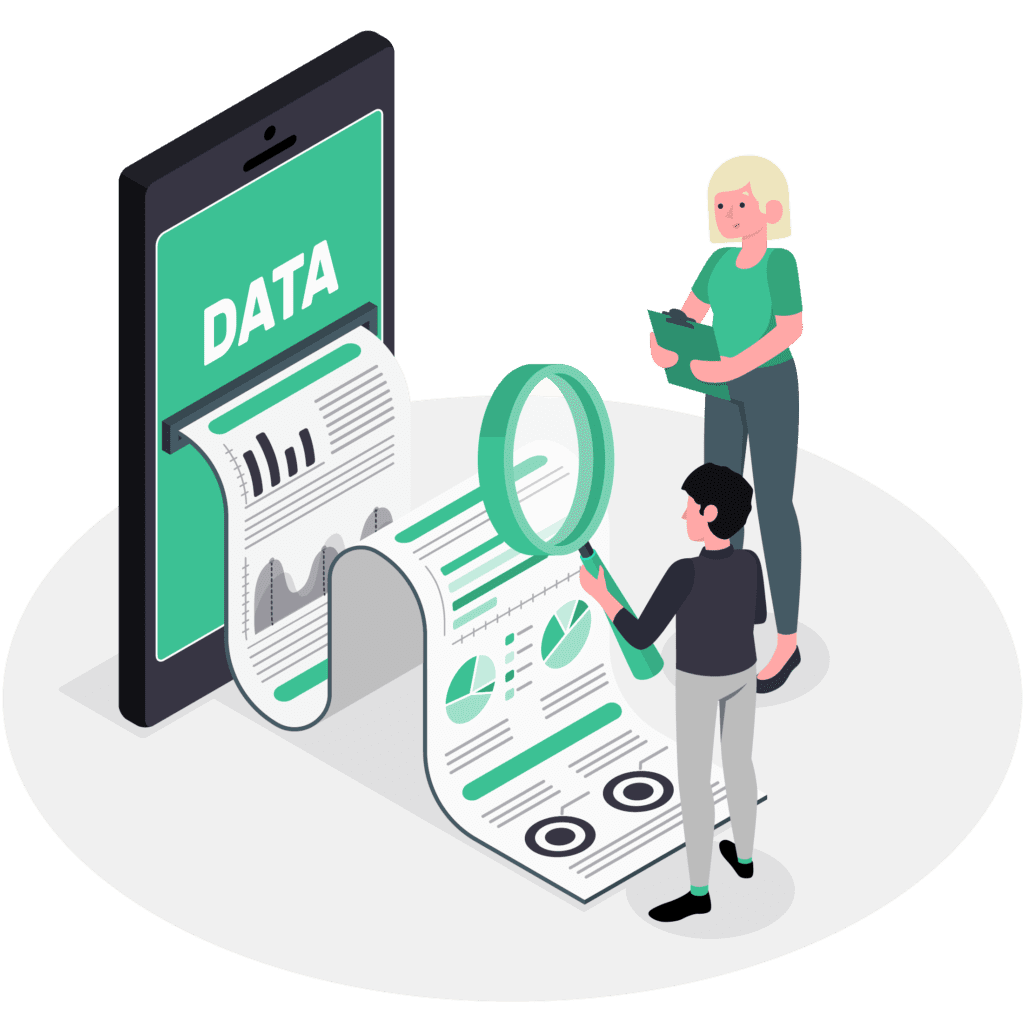
Data is important for every organization, it is critical, sensitive, informative, multidimensional, and it benefits all levels, from top to bottom. It can be internal as well as customer oriented. And, it can be card data that requires a whole different level of security and approach.
Normally database and data warehouses host an organization’s data, which can entail all different kinds of information – internal, external, customer, financial – making it the most critical and probably the most important target for a potential breach.
Selecting and placing data in to the right place is crucial, especially when organizations have data with different security requirement. It becomes an even greater challenge as the business grows. Unfortunately the task of determining what constitutes sensitive data, where it is located and how to protect it, is often a stressful task for organizations and their CSOs.
Businesses need to be proactive when it comes to determining types of data before it lands in their databases or data warehouses. They can’t protect data unless they know where it is and how it’s interrelates.
Routines and a checklist (listed below) can make the process easier to handle:
- Classify data.
- Understand where the data is.
- Safeguard sensitive data in databases and protect it from unauthorized access.
- Segregate test and production data: Test data should be protected in a test environment and needs to stay there. Production data is the most critical.
- Maintain and audit access logs.
- File integrity monitoring is crucial to make logs and data tamper-proof.
- Implement real time file access and sharing auditing
These are the minimum and basic guidelines for any organization to process sensitive data. These practices need to be tied in with a routine, policy or automated internal process to guarantee the execution of these security measures to secure data. These automated processes will also help organizations with their compliance process and in delivering verification to auditors.



